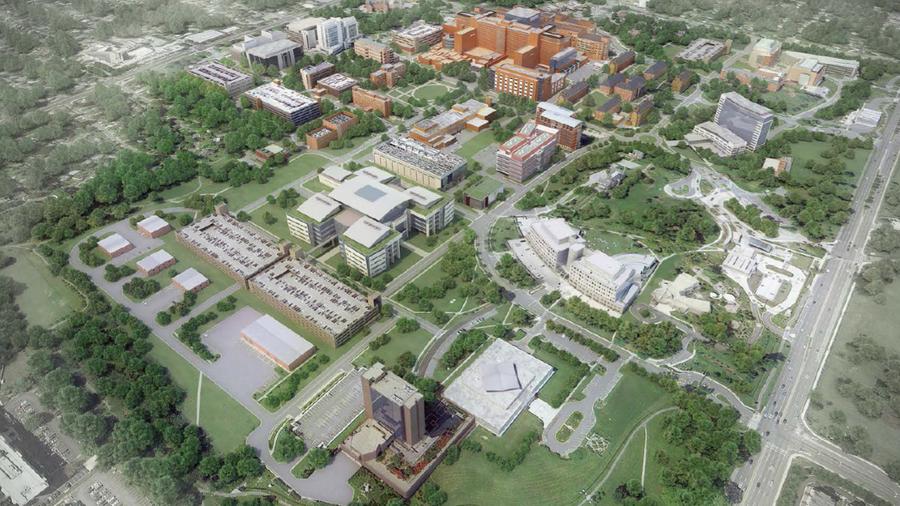UAB has received two major grants from the National Institutes of Health totaling $35 million.
The first is an $18 million grant to identify medical countermeasures for treatment against chemical terrorist attacks, as well as to discover pathways in which arsenicals can damage the body.
The grant itself funds the UAB Research Center of Excellence in Arsenicals, through the Countermeasures Against Chemical Threats or CounterACT program, an NIH measure against chemical terrorism. This is a five-year commitment from the NIH, with the funds geared toward research projects to learn more about how chemical arsenicals enter and impact the body and how to reverse the effects of chemical agents.
The second grant is a $17 million grant to attack a "knowledge gap" in immunology in how B cells and antibody-disposal cells that are in tissues and organs differ from the kind in blood.
According to UAB, the unknown differences among the immune cells may alter resistance to infection and can contribute to autoimmune disease and inflammation that worsen heart failure. They also can also affect transplanted organs.
“At least six of the top 10 causes of death in the United States can be attributed — at least in part — to dysregulated or impaired immunity,” said Frances Lund, the chair of microbiology at UAB and principal investigator of the grant. “These top 10 killers include diseases that are exacerbated or caused by inflammation in tissues like the heart for cardiovascular disease, the brain for Alzheimer’s disease, and the lung for COPD and asthma. They also include diseases exacerbated or caused by failure of immune surveillance or immune protection in tissues that are either infected or contain malignant cells.”
Lund expects to study tissue from 90 to 100 donors over the five-year grant from the National Institute for Allergy and Infectious Diseases
